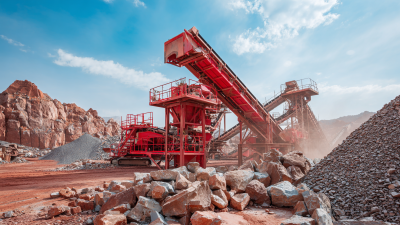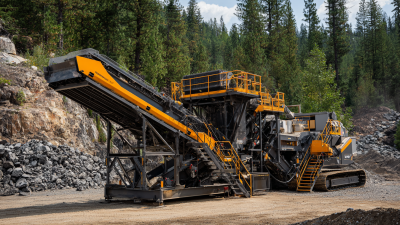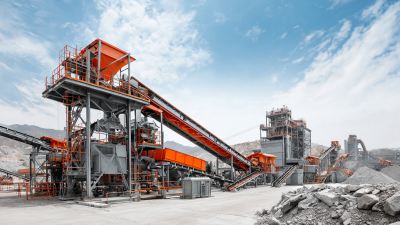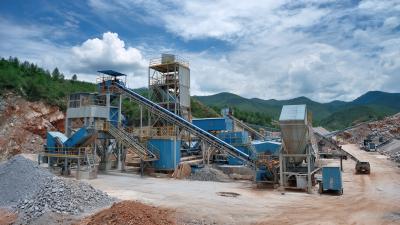The efficiency of an Iron Ore Crusher is critical in the mining and metallurgy industry, significantly impacting operational costs and productivity. According to a report from the Global Mining Industry, optimizing crushing processes can lead to a reduction in energy consumption by up to 30%, ultimately enhancing profitability. Moreover, advancements in technology and engineering practices are essential in improving the throughput of crushers, which currently averages around 300-800 tons per hour, depending on the machine's configuration and the ore's properties. With iron ore demand projected to grow by 3% per year until 2026, as per the International Iron Foundation, ensuring that Iron Ore Crushers operate at maximum efficiency is paramount for manufacturers looking to maintain a competitive edge in the ever-evolving market. This article will delve into effective strategies to enhance the performance of your Iron Ore Crusher, ensuring optimal operation in line with industry benchmarks.
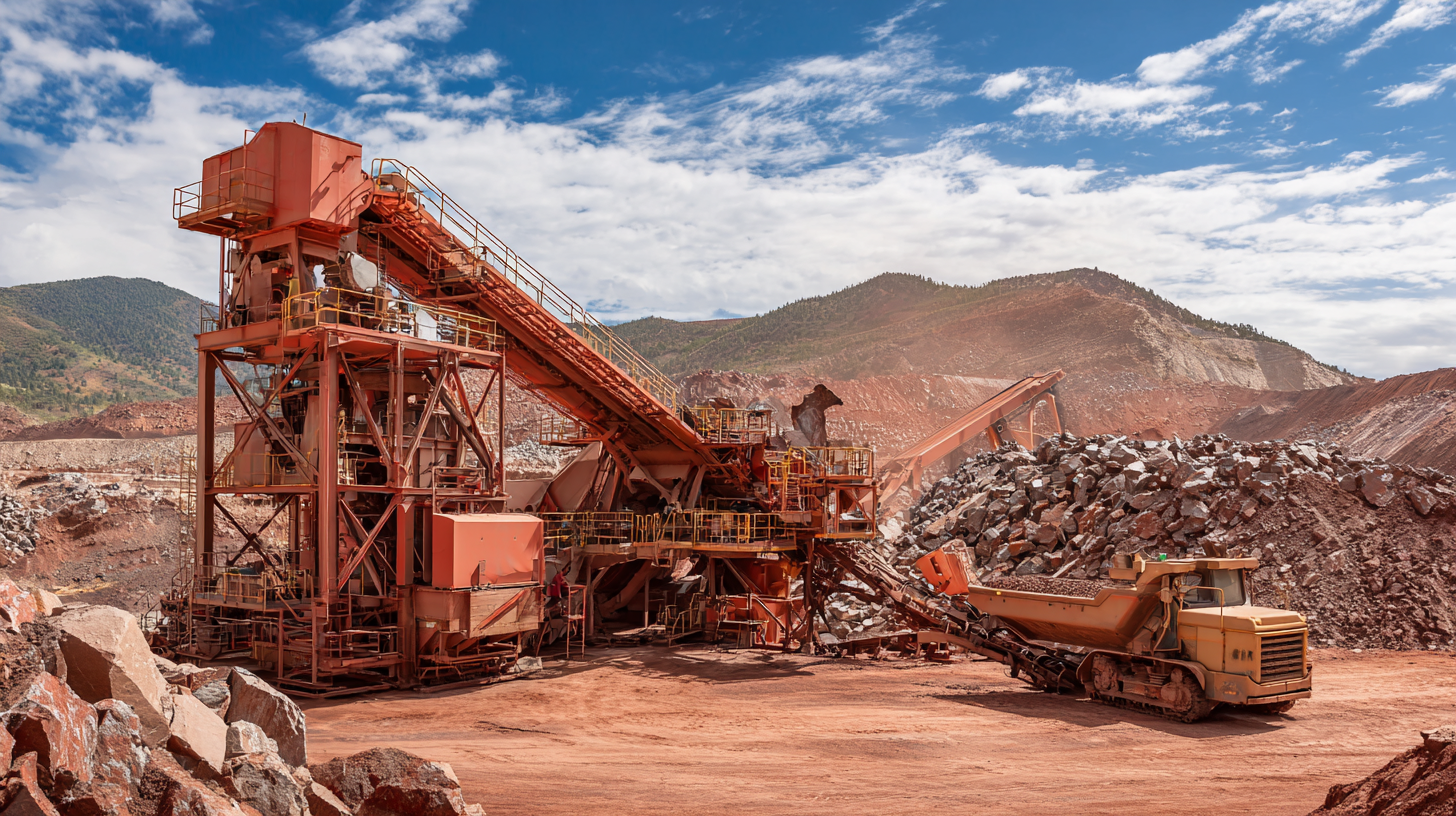
When it comes to optimizing your iron ore crusher, identifying key performance indicators (KPIs) is crucial for enhancing efficiency. KPIs provide tangible metrics that allow you to assess the operational effectiveness of your crusher. Common KPIs in this context include throughput, reduction ratio, and energy consumption. Monitoring these indicators helps identify areas for improvement and supports informed decision-making for maintenance and operational strategies.
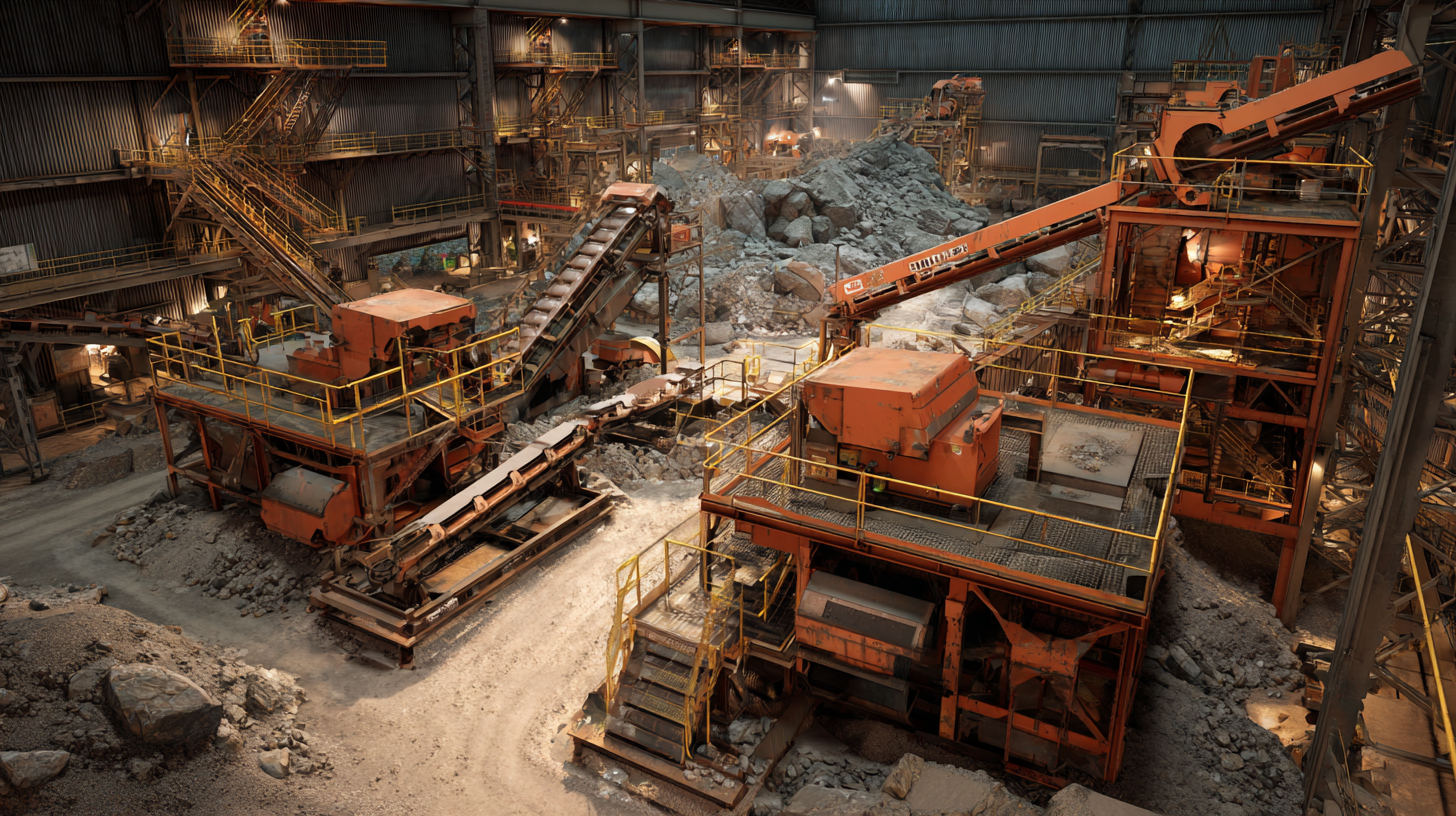
To improve your iron ore crusher’s performance, consider these tips:
First, regularly inspect and maintain the crushing components to prevent wear and tear, which can significantly affect output.
Second, monitor the feed size and adjust the feeding technique to optimize the reduction ratio.
Finally, invest in technology that allows real-time data collection on performance metrics; this will enable quick adjustments that help maintain optimal operational levels.
By focusing on these KPIs and implementing effective maintenance and monitoring strategies, you can significantly enhance the efficiency of your iron ore crusher, leading to increased productivity and lower operational costs.
Regular maintenance practices are essential for optimizing the performance of iron ore crushers, significantly enhancing their longevity and efficiency. According to a report by the Mining Industry Council, maintenance-related downtime can cost mining operations upwards of $1 million per day. Implementing a preventive maintenance schedule can mitigate these costs by ensuring that potential issues are identified and addressed before they lead to major failures. Routine inspections, lubrication of moving parts, and timely replacement of wear components can prolong the lifespan of crushers by as much as 30%.
Furthermore, adhering to manufacturer recommendations for maintenance intervals is crucial. For instance, studies indicate that crushers that undergo regular checks according to OEM specifications can operate at up to 95% of their designed efficiency. This not only maximizes throughput but also minimizes energy consumption, which is vital in an industry where energy costs are a significant expense. Additional practices such as monitoring vibration levels and performing thermal imaging can reveal subtle signs of wear and misalignment, allowing for prompt corrective actions. By prioritizing maintenance, operators can ensure that their iron ore crushers run smoothly, optimizing both production and cost efficiency.
| Maintenance Practice | Frequency | Estimated Time (hours) | Benefits |
|---|---|---|---|
| Inspect Jaw and Cone Crusher Liners | Weekly | 2 | Prevents excessive wear, ensuring uniformity in particle size |
| Lubrication of Bearings | Every 100 hours of operation | 1 | Reduces friction and heat buildup, prolonging equipment life |
| Check and Adjust Drive Belts | Monthly | 1.5 | Ensures correct tension and alignment, improving efficiency |
| Screen Replacement | Every 6 months | 4 | Maintains product quality by preventing oversize materials |
| Hydraulic System Inspection | Quarterly | 3 | Ensures operational efficiency and safety of the hydraulic components. |
To achieve maximum efficiency in iron ore crushing, paying close attention to optimal feed size and material configuration is critical. According to industry reports, the ideal feed size for iron ore crushers typically ranges between 50mm to 150mm. This size range ensures that the material is adequately reduced in a single pass, maximizing throughput while minimizing wear on the equipment. A feed size that is too large can lead to increased energy consumption, extended downtime, and potential damage to the crusher.
Moreover, configuring the material stream for optimal performance can significantly enhance crusher efficiency. Utilizing techniques such as pre-screening to remove fines and selecting the right conveyor systems can prevent bottlenecks and improve the overall material flow. A recent analysis indicated that implementing a well-structured sorting process before crushing could reduce operational costs by up to 15%.
Tips: Always monitor the specific energy consumption of your crusher and aim for a target of 0.5 to 0.7 kWh/ton for iron ore. Regularly adjusting the feed rate based on the real-time performance data can also optimize your crushing efficiency and reduce wear on parts.
The integration of advanced technology into iron ore crusher systems is revolutionizing the way mining operations achieve efficiency. Automation plays a crucial role in optimizing the performance of crushers by ensuring consistent operation and reducing human error. Modern crushers are now equipped with sophisticated monitoring systems that analyze real-time data on machinery performance and ore characteristics. This enables operators to make informed decisions quickly, adjust settings dynamically, and minimize downtime.
Additionally, implementing artificial intelligence and machine learning algorithms can significantly enhance the automation process. These technologies allow for predictive maintenance, which helps in identifying potential issues before they lead to equipment failure. With the advantage of automation, iron ore crushers can maintain optimal crushing conditions, improving overall productivity and ensuring that resource extraction is both efficient and cost-effective. By leveraging these technological advancements, mining companies can not only boost output but also enhance safety and sustainability in their operations.
To achieve peak performance in iron ore crushing, it is essential to strike a balance between energy consumption and production output. Energy efficiency is a critical factor, as crushing operations can be energy-intensive. By selecting crushers that incorporate advanced technologies, such as variable frequency drives and energy-efficient motors, operators can significantly reduce electricity consumption while maintaining high throughput rates.
Additionally, optimizing the crusher’s operational parameters plays a key role in enhancing production output. This includes adjusting the closed side setting (CSS) and the feed rate to ensure that the crusher operates within its optimal range. Regular maintenance and timely replacement of worn parts also contribute to sustained efficiency. Implementing these strategies not only maximizes production output but also minimizes operational costs, contributing to a more sustainable and profitable mining operation.

